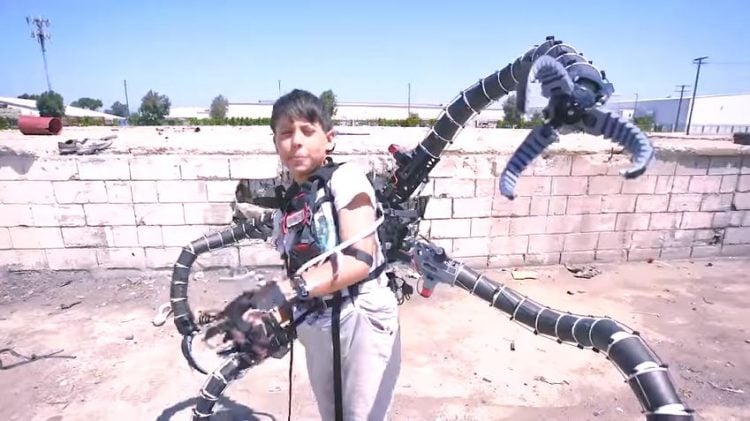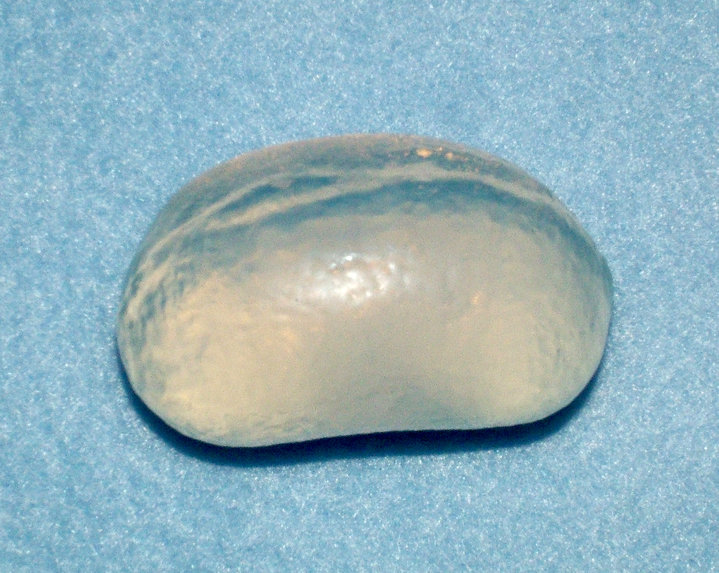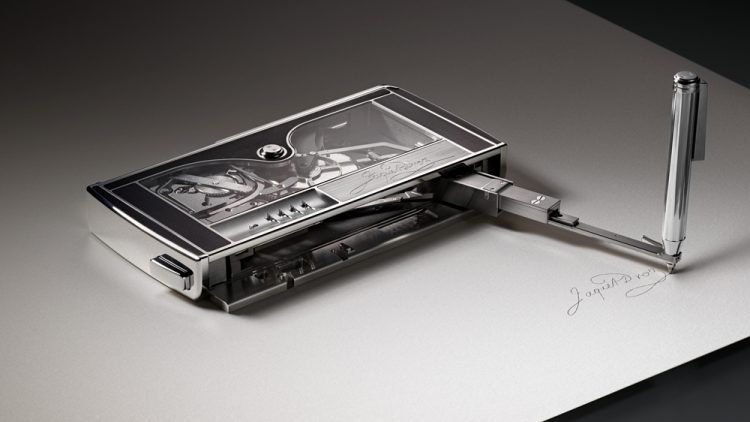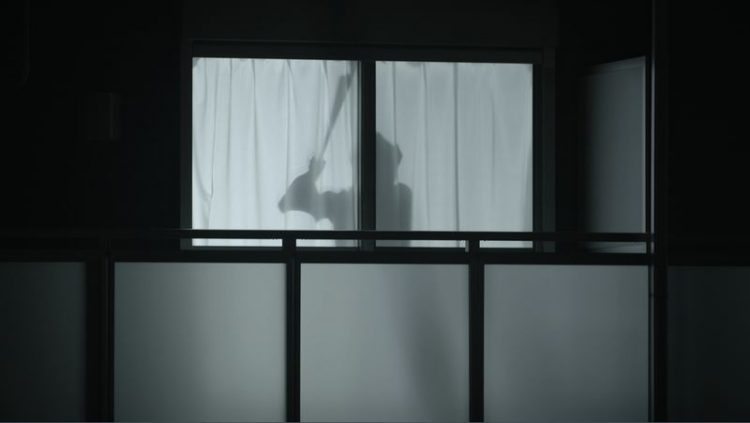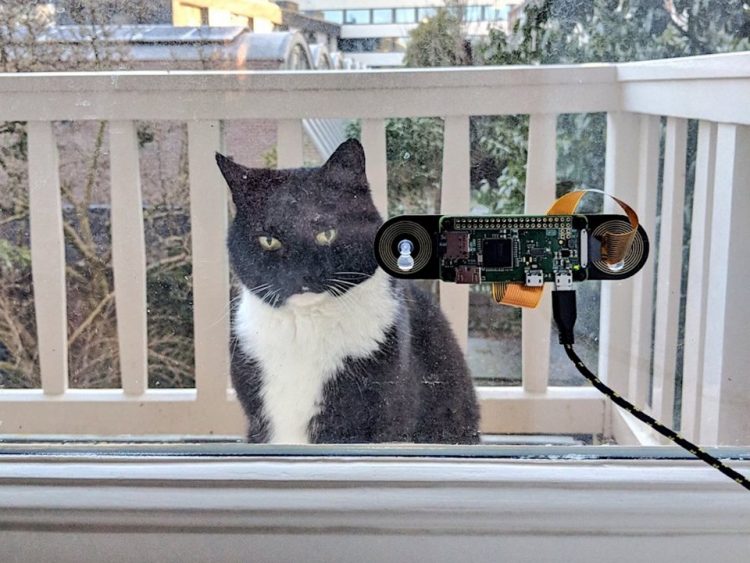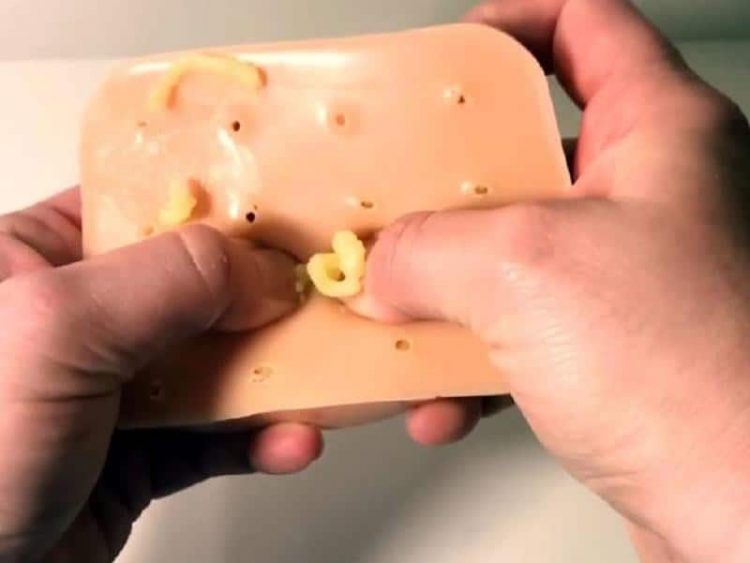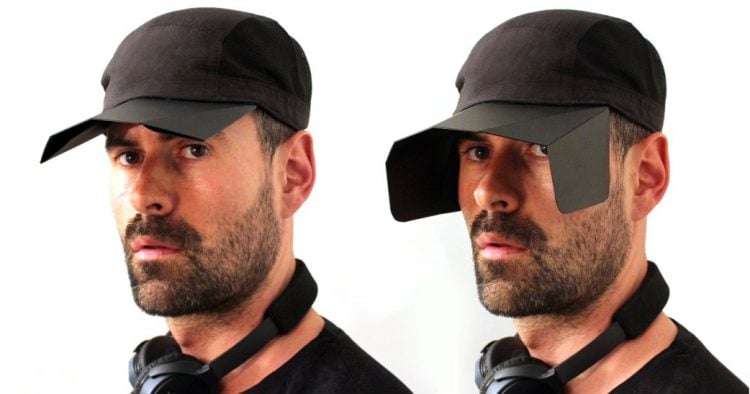Erik Finman, the world’s youngest Bitcoin millionaire, recently made headlines for creating a real-life, functional version of Dr. Octopus’ iconic four-arm prosthesis for a young Marvel fan who also suffers from hypermobility symptoms.
19-year-old Finman, who got his start in cryptocurrency when he was only 12, by investing a $1,000 gift from his grandmother in Bitcoin, is now worth around $3 million, and is considered one of the world’s most influential teenagers. He has been involved in several projects over the last few years, from start-ups to an ongoing collaboration with NASA, but his most exciting venture yet has to be transforming a 10-year-old comics fan into a real-life version of Marvel villain Dr. Octopus with the help of an intriguing prosthesis.

